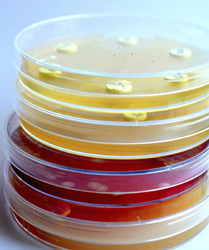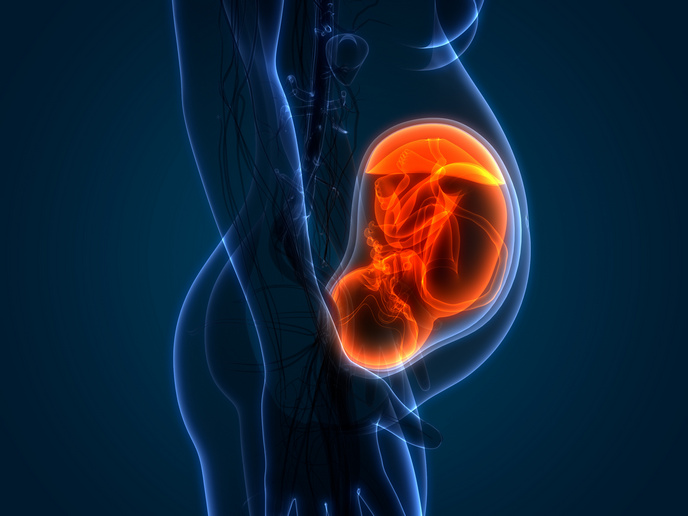The Shigella invasion process
Shigella, like other gram-negative bacteria, possess a unique needle-like secretory system (type III secretion apparatus or T3SA) to facilitate inoculation of infective proteins. They contain invasion-plasmid antigen-H proteins (IpaH), which can subvert the host's normal cellular processes. Scientists of the EU-funded ′Role and natural host targets of Shigella IpaH during infection′ (IPAH FUNCTIONS) project set out to determine the dynamics of IpaH protein secretion and impact on the host machinery. They developed vector tools for expressing these proteins under their native promoter to identify IpaH protein substrates by looking at the changes impacted on the host cell. Following optimisation of the reporter system used to express the IpaH genes, scientists were able to specify the spatiotemporal context of IpaH expression. Visualisation of the IpaH proteins within cells revealed that after initial entry, the T3SA system is inactivated and is only reactivated upon infection of other cells. Key to this spread was the pathogen protein IcsA, which causes microfilament remodelling to propel the bacteria. Regarding subcellular localisation, the IpaH proteins seemed to associate with unknown structures. However, scientists were able to identify IpaH protein substrates using mass spectrometry. The observed spatiotemporal restrained expression of the virulent IpaH proteins indicates the importance of such studies in determining the dynamics of pathogen infectivity. Project deliverables have the potential to provide effective therapeutic options with minimal risk for development of antibiotic resistance in bacteria.







